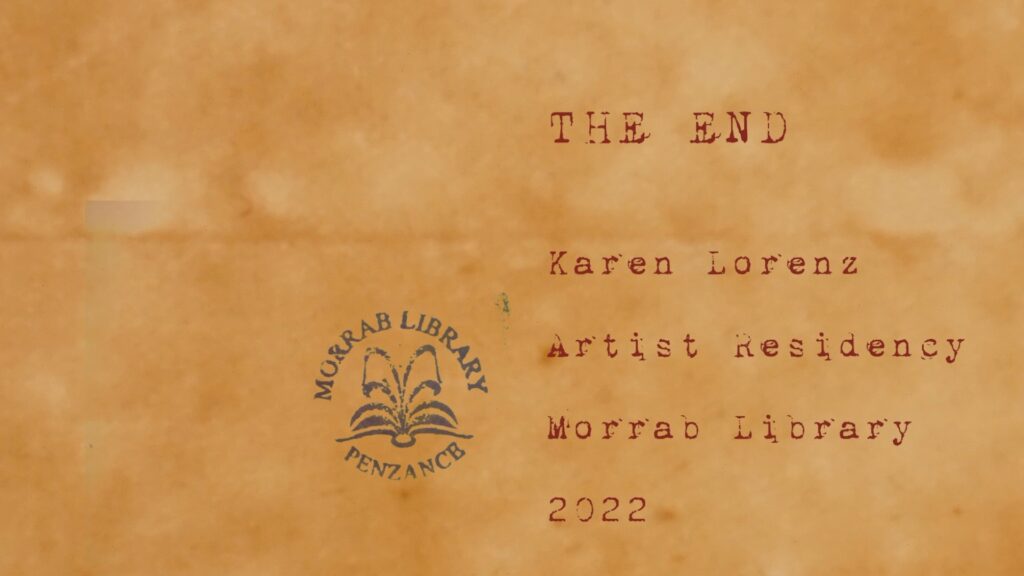Morrab Library came to life.
The Morrab Library is in the Morrab Gardens, amid the subtropical palm trees and plants that thrive in milder climates. Every writing desks upstairs faces the windows. The lush green colours of the foliage, the birdsong coming through the windows, and sea views make you want to dream and drift. It is a tranquil place, safe, warm and welcoming. Downstairs, the entrance, the reception and reading room are busy with members of staff, visitors and volunteers. It is lively, but never noisy. Books mute sound.
I wanted to absorb the energy and atmosphere of the place and get to know the life of a library as if it was a living being. I went back to the drawing board and embarked on a series of observational drawings of the study rooms using only paper and pencil. John Berger described drawing as an act of discovery. Observational drawing allowed me to absorb the surrounding effortlessly. A mind busy with drawing and focused on the hand-eye coordination can take note of all the details happening simultaneously without the need to scrutinise it. When drawing, I noticed muted sounds and chattering coming from downstairs, the thick, solid walls that give you a sense of security. You can focus on your work and don’t have to worry about the outside world. The sash windows were always open by a few inches to allow plenty of airflow (courtesy of Covid). When the library was quiet birdsongs filled the rooms.
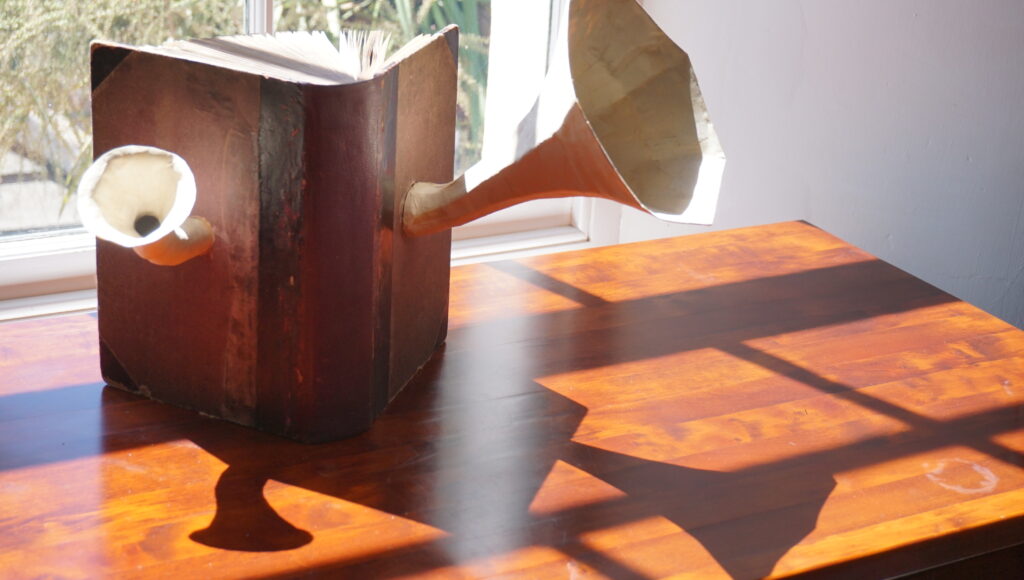
Birdsong-Transference,
Birdsong-Transference is an interactive sound piece which was inspired by those tranquil moments of drawing and quiet contemplation. It translates the human voice (or any sound) into birdsong. More precisely, the human voice produces sound waves and the frequencies and harmonies which can be digitally modulated and shaped to resemble birdsong.
It is magic, thanks to Cycling74, and the software MaxMsp I was using.
The work is about the shared experience of the beauty of books. Good books resonate, enrich the mind, bring knowledge, inspire and elevate our energy. Every single book we read changes us. Books we dislike might force us to take action and speak up. Books start processes.
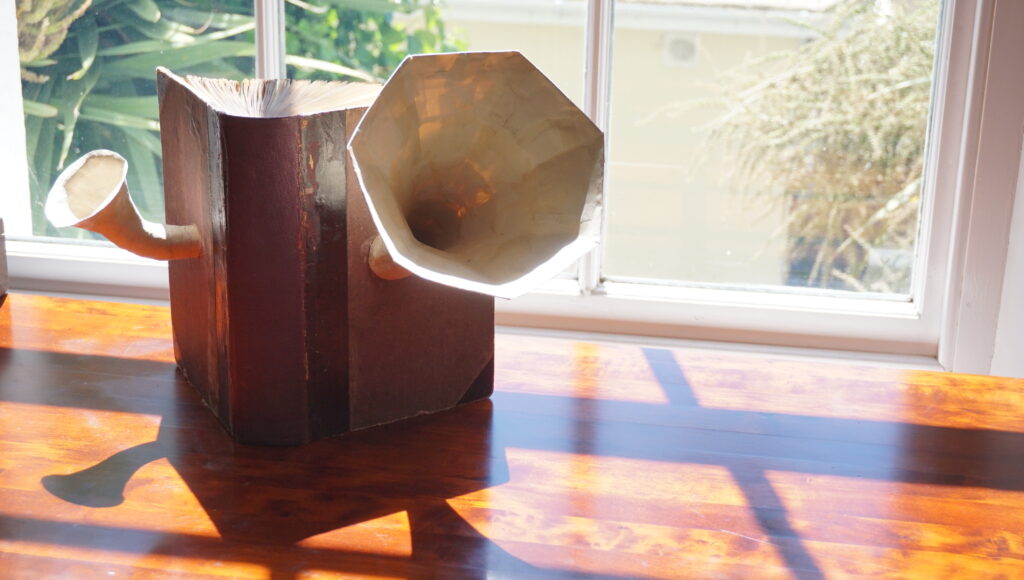
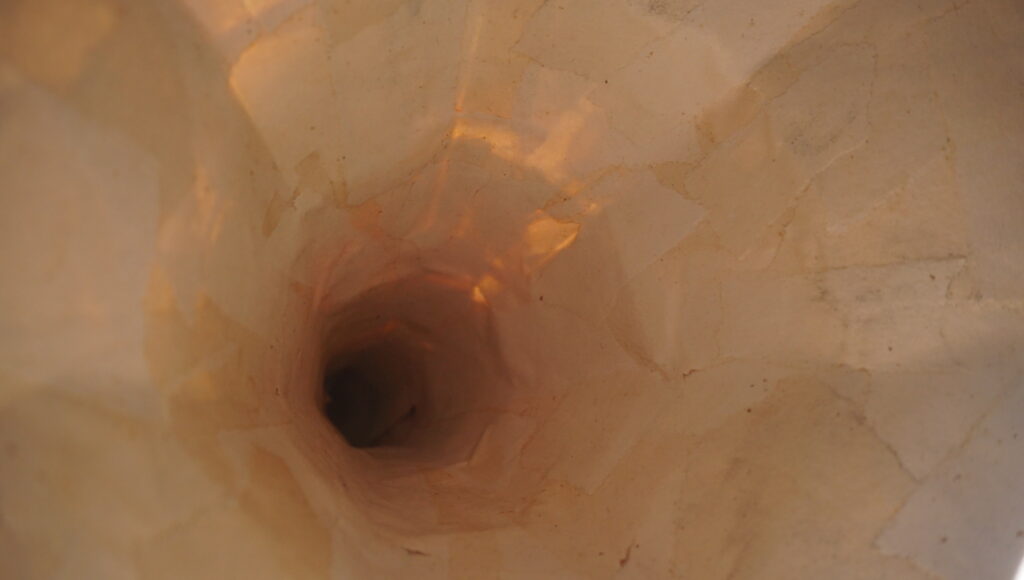
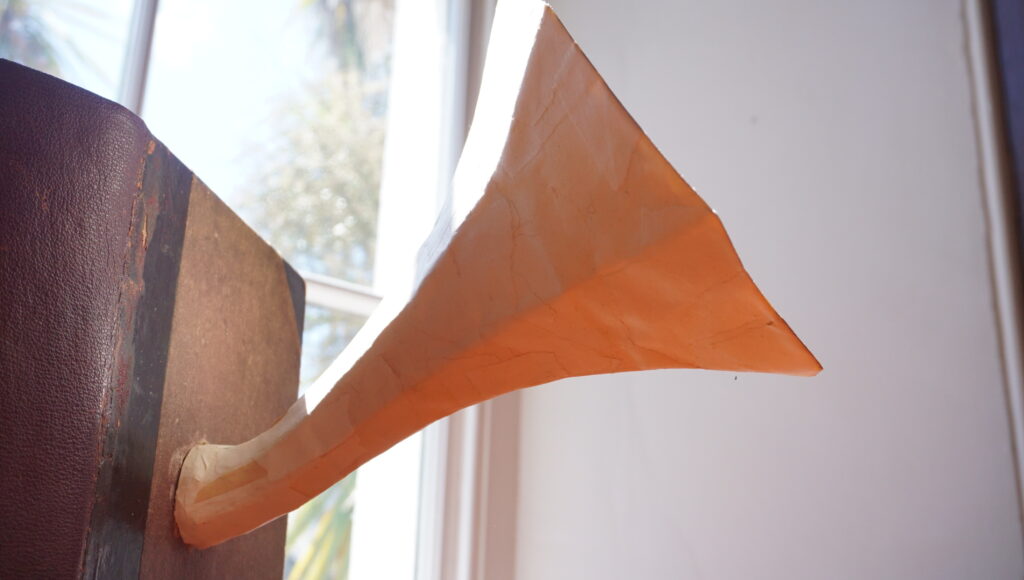
Stranger Than Fiction
From the very beginning of the residency I gathered material for a stop-frame animation. Inbetween drawing and working on the sound piece I took hundreds of photos of books moving, chairs going round in circles, scruffy old coasters whizzing across the table, of light and shadow playing with the window blinds. The photos filled the computer hard drive, and I left me wandering what to do with the footage.
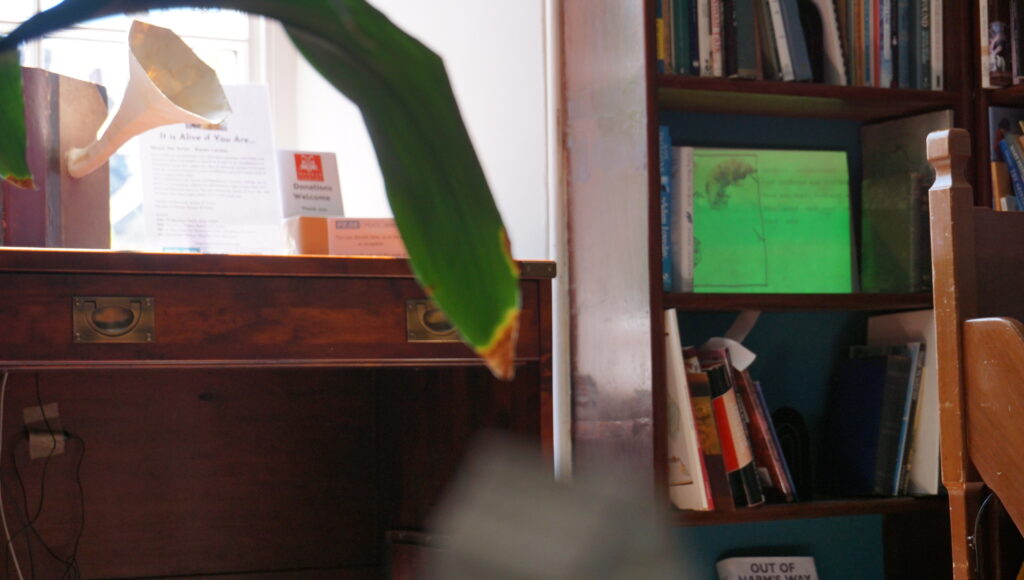
Animations, especially stop-frame animations, are time-consuming and demand patience. I wanted to be prepared and have plenty of footage to work with before I started editing. I don’t write a script or draw a storyboard for an animation, but I edit and re-edit the timeline until the narrative emerges from the rhythm, movement and the juxtaposition of images. This is an intuitive process. The questioning mind gets in the way, sometimes.

When we look at images at a speed of ten frames per second, the brain perceives movement, and things come to life. It is a wonderful trick, and the brain falls for it. The adjective animate (meaning alive), comes from the verb animare, ‘to give life to’, which came from anima, meaning breath, soul. James Hillman, the archetypal psychologist, coined the word animism. His words deeply resonate with me and underpin the way I see life.
‘Animism is not a projection of human feelings onto inanimate matter, but (that) things of the world project upon us their own ideas and demands, (that) indeed any phenomenon can come alive and deeply inform us through our interaction with it, as long as we are free of an overly objectifying attitude.’
I completed the animation Stranger Than Fiction towards the end of the residency, at the last minute. The animation doesn’t have sound yet, but I might add some at a later time. I found it difficult to match any sound with the rich tapestry of the visuals. It clashed. In the end, I opted for a silent movie and changed the title to ‘a very quiet animation’. It is a library after all, I convinced myself, and they can do without a 3min sound loop on repeat for six hours.
What next?
As my first residency I was really please how it worked out. There was plenty of fantastically rewarding and encouraging feedback from the librarians, the volunteers, staff and vistors to the library. I found an audience who shared my passion for the library and who was far more willing to engage with the work than gallery visitors.
Intuitivley we all knew that the library was/is a living being. Yet having an artist capturing the essence of the place in three minutes was something else. Morrab Library is full of living books and brings together a community of like-minded people. Humour, doggedness, cake and cups of tea drive the place. A peaceful tranquillity greets you when you walk through the door. But there is plenty of action, fast pace and perseverance happening behind the scenes. We might overlook those little details bordering on the surreal before they tip into moments of madness and laughter. There is always laughter. What better tool than to capture this through animation?
The artist’s residency has strengthened my voice as an artist and the trajectory of my practice. For me, experimental animation is the way forward. I found the tool to make sense of the surreal climate that underpins our daily lives. And for that alone, I am grateful. This playfulness had a purpose.
